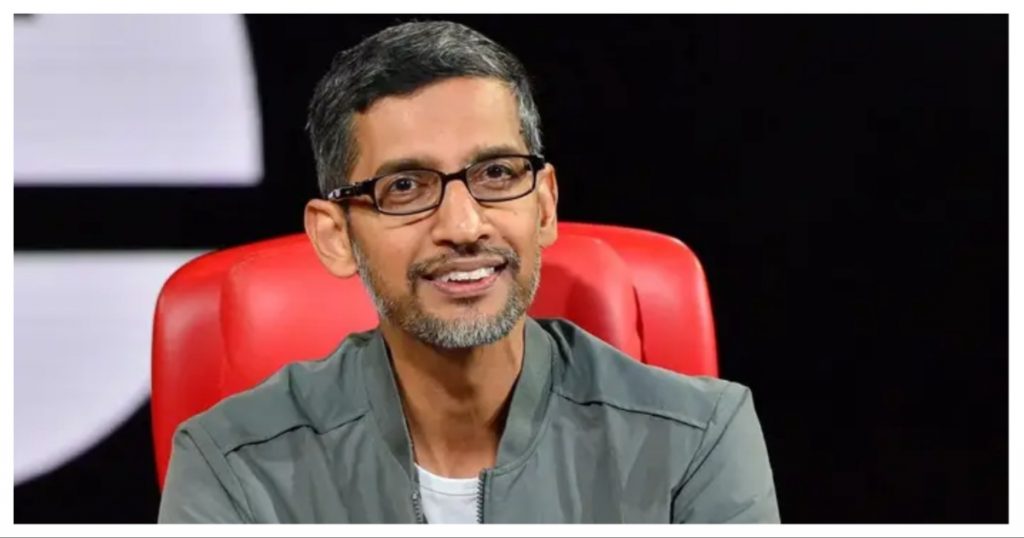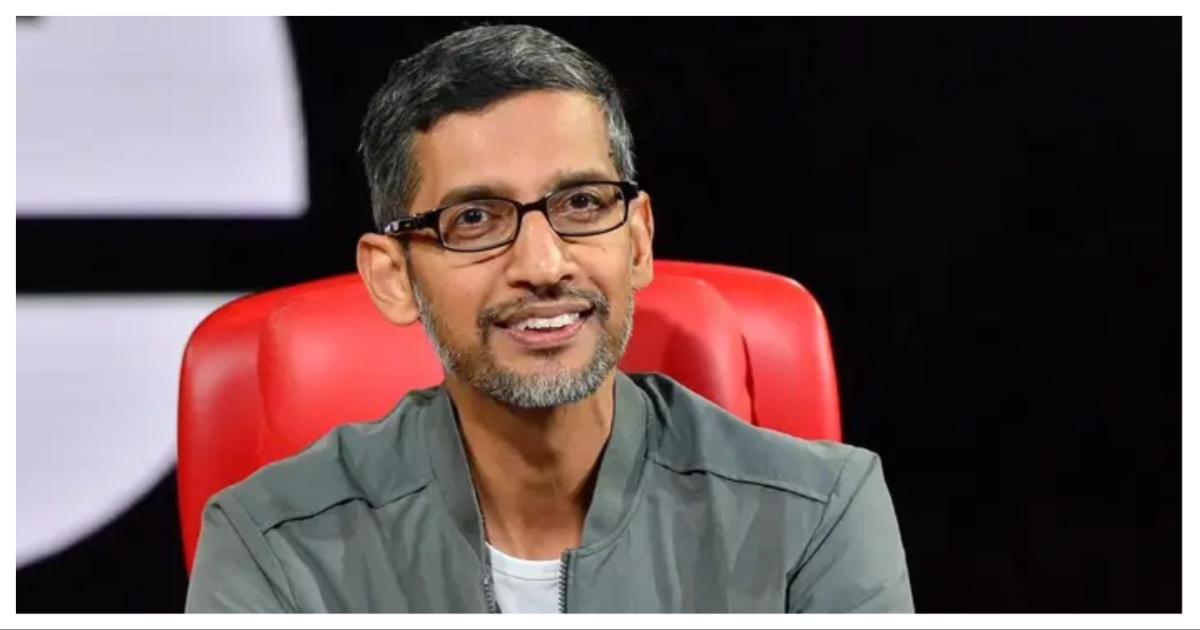There’s been much attention in tech quarters over the recent developments in quantum computing, but the technology could become truly mainstream in a few years.
Sundar Pichai, CEO of Google, has offered a compelling perspective on the current state of quantum computing, drawing parallels to the earlier days of artificial intelligence. His insights suggest that quantum computing is on the cusp of a significant breakthrough. Notably, Google has been investing in this area for a long time, indicating a strong conviction in its long-term potential.

Pichai acknowledges the growing interest in quantum computing, saying: “Obviously Quantum has gotten a lot more attention in the last 12 months or so. But we have been working, just like Waymo, through these things whether there’s attention from the outside or not, because we are working on these things out of conviction on the long-term trends. So it’s it comes from those first principles.”
He emphasizes Google’s commitment, driven by fundamental scientific principles: “Obviously the universe is fundamentally Quantum. To do any kind of large-scale simulations in a way that truly represent nature, you would need some versions of quantum computing.”
Drawing a comparison to the trajectory of AI, Pichai stated: “I think to me quantum feels like where AI was around, you know, 2015.”
He projects a near-future where quantum computing delivers tangible advantages: “So I would say in a five-year time frame, you would have that moment where some a really useful practical computation is done in a quantum way, far superior to classical computers, and that’ll be that aha moment which will really show the promise of the industry.”
This “aha moment,” as Pichai describes it, will signify a pivotal shift. It will mark the point where quantum computers not only demonstrate theoretical superiority but also provide concrete, practical solutions to problems that are intractable for even the most powerful classical computers.
Pichai’s comparison to AI in 2015 is particularly insightful. 2015 was a year that saw significant progress in areas like image recognition and natural language processing, driven by advances in deep learning. However, the true potential of AI was still largely untapped, and many practical applications were yet to be realized. Quantum computing, according to Pichai, finds itself in a similar position today. We are seeing promising advancements, but the true potential remains on the horizon.
Google, alongside other tech giants like Microsoft, is heavily invested in developing quantum computing technology. Google recently released a quantum computing chip named Willow, which solved a standard computation in less than 5 mins that would take a leading supercomputer longer than the age of the universe to solve. Similarly, Microsoft is pursuing topological qubits, considered to be more stable and resistant to noise. The race is on to build fault-tolerant, scalable quantum computers that can solve real-world problems. And if quantum really is where AI was in 2015, as Pichai claims, we might be in for an even bigger transformation into how the world works as has been seen during the current AI revolution.
